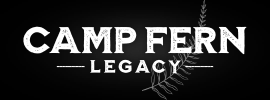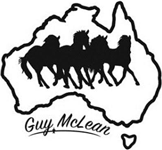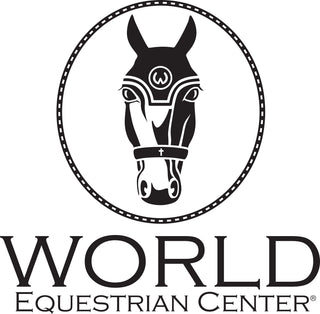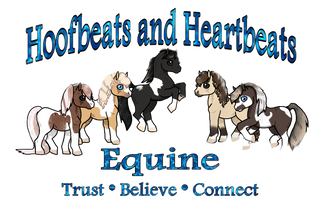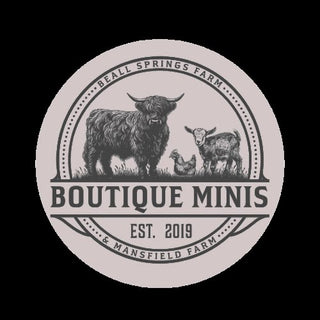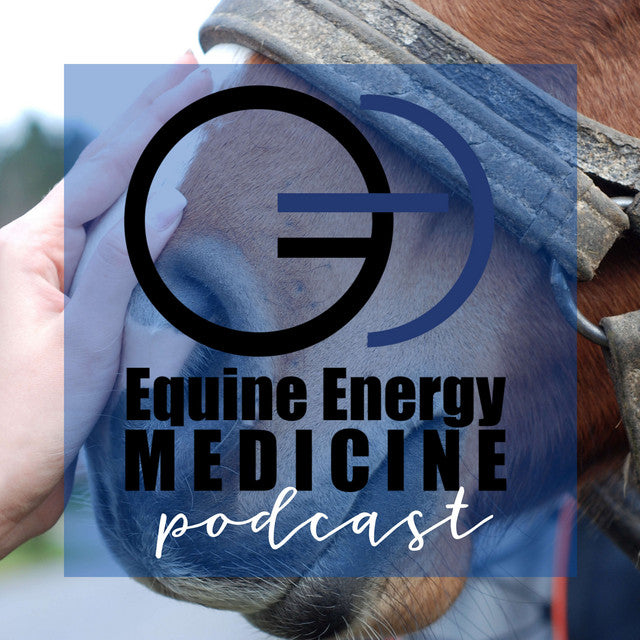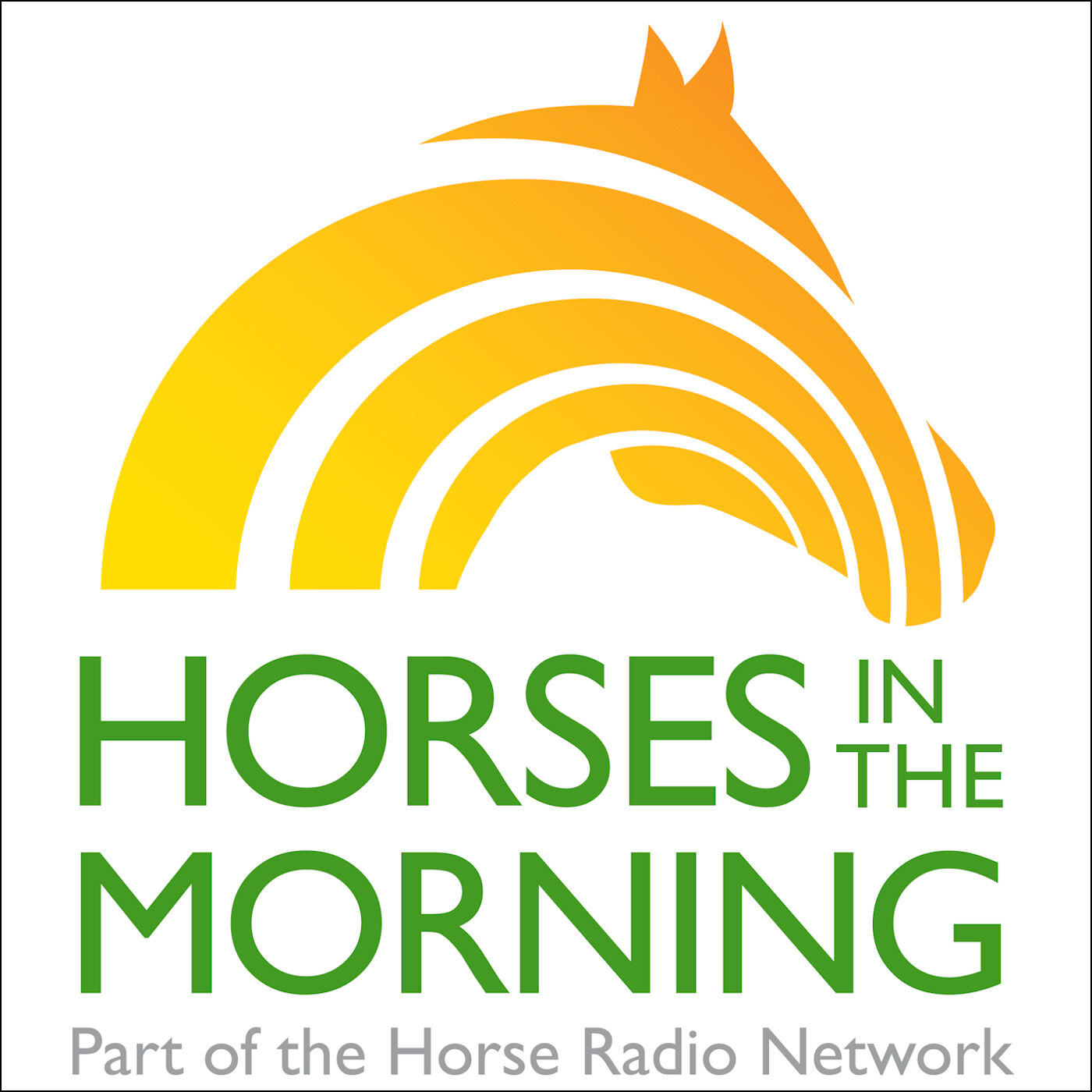Horses have long captivated human imagination with their grace, strength, and speed. But among the many breeds that roam our planet, some stand out not just for their beauty but for their sheer size. The largest breed of horses captures attention wherever they go—towering over their equine cousins with impressive height and massive build. These giants have a fascinating history, unique characteristics, and special care needs that make them truly extraordinary.
In this article, we’ll explore what defines the largest breed of horse, introduce you to some of the biggest horse breeds in the world, and reveal which breed holds the title of the biggest horse in the world. We’ll also dive into why these horses grow so large and how their care differs from that of smaller breeds. Whether you’re a horse enthusiast or simply curious about these gentle giants, you’ll find plenty of intriguing insights ahead.
What Defines the Largest Breed of Horse?
When we talk about the largest breed of horse, size is the obvious factor. But what does “largest” really mean in equine terms? Generally, it’s measured by height at the withers (the ridge between the shoulder blades) and body weight. These horses often stand well over 16 hands high (a “hand” is 4 inches or 10.16 cm), with some reaching heights close to or exceeding 19 hands.
Beyond height, the largest horse breeds tend to have:
-
A robust, muscular build designed for heavy work
-
Thick bones and broad hooves to support their mass
-
Strong legs built for endurance and pulling power
The largest breeds are typically draft horses — bred for agricultural and industrial labor. Over centuries, selective breeding increased their size to handle heavy loads and difficult terrain.
Understanding what makes these horses so large requires looking not only at measurements but also their genetics, history, and role in human society.
If you’re fascinated by these towering horses, keep reading to meet the biggest horse breeds in the world and learn their unique stories.

Top Largest Horse Breeds in the World
When it comes to the biggest horse breed, several stand out as giants among horses. These breeds have captured attention worldwide for their impressive size and strength. Let’s take a closer look at some of the most famous and largest horse breeds known today.
Shire horse – the British giant
The Shire horse is often considered the largest breed in the world. Originating in England, Shires were traditionally used as heavy draft horses on farms and in industries. They can easily stand between 17 to 19 hands high, with some individuals exceeding 20 hands. Adult Shires often weigh between 1,800 to 2,400 pounds (800 to 1,100 kg), making them true giants.
Their calm temperament, combined with powerful muscles and large hooves, made them ideal for pulling heavy loads. Their distinctive feathering—long hair around the lower legs—adds to their majestic appearance.
Clydesdale – the Iconic Draft Horse
Known worldwide from their famous Budweiser commercials, the Clydesdale is another prominent large horse breed. Originating from Scotland’s Clydesdale region, these horses typically stand 16 to 18 hands tall and weigh around 1,600 to 2,000 pounds (725 to 900 kg).
Clydesdales are easily recognized by their bay color with white markings and feathered legs. They combine size with agility, making them excellent for both farm work and show.
Percheron – the French Powerhouse
The Percheron hails from France and is prized for its strength and stamina. It generally stands between 16 and 17 hands tall and weighs between 1,900 to 2,600 pounds (860 to 1,180 kg). Percherons are usually black or gray but can come in other colors.
They were traditionally used in agriculture and as war horses due to their endurance. Their muscular yet elegant build has made them popular for carriage driving and competitive pulling events.
Belgian Draft – the Muscular Giant
The Belgian draft horse is one of the most powerful among the big horse breeds. This breed originates from Belgium and is known for its impressive muscle mass and gentle nature. Belgian horses typically stand 16 to 17 hands tall but can weigh as much as 2,000 to 2,400 pounds (900 to 1,100 kg).
Their chestnut color is common, often with a flaxen mane and tail. Belgian drafts are widely used in farming, logging, and even therapy programs because of their calm temperament.
Other Notable Large Breeds
While these four are the most famous, other breeds also compete for the title of the largest breed of horse:
-
Suffolk Punch: Known for its strength and solid chestnut color.
-
Shire’s close relative, the Cleveland Bay: Slightly smaller but still large.
-
Irish Draught: Versatile and muscular, often used in sport horse disciplines.
Each of these breeds has its own unique history and characteristics, but all share one thing in common: they are true giants among horses, showcasing strength and grace in equal measure.

The Largest Horse Breed Ever Recorded
Among all the biggest horses breeds, one stands out as the largest horse ever recorded in history: a Shire named Sampson (later renamed Mammoth). Born in 1846 in England, Sampson was an astonishing 21.2 hands high (approximately 7 feet or 2.16 meters at the withers) and weighed an incredible 3,360 pounds (1,524 kilograms).
Sampson’s extraordinary size set a benchmark that still fascinates horse enthusiasts today. His massive frame and height dwarf even many modern-day draft horses. This record highlights just how enormous horses can grow under the right genetics and care.
Other contenders for the title of the biggest horse in the world come close but do not surpass Sampson’s remarkable stature. For example, some modern Shires and Belgian drafts have reached similar heights but typically do not weigh as much.
Why are These Horses so Large?
The impressive size of the biggest horse breed in the world results from a combination of genetics, selective breeding, and the roles these horses played historically.
Genetics and Breeding
Over centuries, humans bred horses specifically for size, strength, and endurance. Draft breeds like the Shire, Clydesdale, and Belgian were selected to pull heavy loads such as plows, carts, and wagons. This selection favored individuals with larger frames, more muscle mass, and stronger bones.
Their genetic makeup reflects this:
-
Genes linked to muscle growth and bone density are more prominent.
-
Growth hormones and metabolism patterns support larger size.
-
Slow maturation allows these horses to develop more muscle and mass over time.
Environmental and Dietary Factors
While genetics provide the blueprint, nutrition and environment play essential roles. Proper feeding during growth phases, including high-quality forage and supplements, helps maximize potential size.
Historically, these horses lived on farms or estates with plentiful food and less stress, enabling them to grow large and strong.

Caring for the Giants: What Makes Their Care Unique?
Due to their massive size, the largest horse breeds require special care considerations that differ from smaller horses. Their health and well-being depend on addressing their unique needs.
Feeding Requirements
These horses consume a significant amount of feed daily—often between 20 to 30 pounds (9 to 14 kg) of forage alone, supplemented by grains or concentrates. Their diet must be balanced to support their size without causing digestive issues.
Hoof and Leg Care
Supporting such heavy bodies demands extra attention to hooves and legs. Regular farrier visits are critical to prevent lameness. Strong, wide hooves with proper trimming and shoeing help distribute weight evenly.
Exercise and Environment
While these horses are powerful, they need moderate, regular exercise to maintain joint health and muscle tone. Space to move freely and rest is essential. Overworking them can lead to joint problems or injuries.
Veterinary Care
Larger breeds may be more prone to certain health issues such as joint arthritis or metabolic conditions. Preventive veterinary checkups and early treatment are crucial for longevity.
Fun Facts About the Largest Horse Breeds
The giants of the horse world aren’t just impressive in size—they come with some surprising and interesting facts that highlight their uniqueness:
-
Shire horses can pull loads exceeding 25 tons, showcasing incredible strength beyond just their size.
-
Clydesdales are known for their distinctive “feathering”—long hair around their lower legs that was historically protective.
-
Belgian draft horses often have calm temperaments, making them favorites for therapy and family farms.
-
Percherons were once used as war horses because of their stamina and agility despite their large frames.
-
The largest recorded horse, Sampson, had a heart weighing over 22 pounds, which is about ten times that of an average horse.
-
Many large breeds are surprisingly agile and can compete in driving and even dressage competitions.
-
Some of the biggest horses populations have been revived recently after near extinction due to mechanization.
Conclusion
The largest breed of horses represents a remarkable blend of history, genetics, and human influence. From the towering Shire to the muscular Belgian draft, these giants have played vital roles in agriculture, transportation, and even entertainment. Their massive size is a testament to centuries of selective breeding and care tailored to meet the demands of heavy labor.
Whether you’re captivated by the biggest horse in the world or simply curious about big horse breeds, understanding their characteristics and needs offers a deeper appreciation of these majestic animals. Their size is more than just a number — it’s a symbol of strength, endurance, and gentle power.
Largest Horse Breed Q&A
What’s the biggest horse?
The biggest horses ever recorded was Sampson, a Shire horse standing 21.2 hands tall and weighing 3,360 pounds.
What is the difference between a Belgian and a Clydesdale?
Belgians are generally stockier with a solid chestnut color, while Clydesdales are taller, often bay with white markings and feathered legs.
What two breeds make a Clydesdale?
Clydesdales are not a crossbreed but originate from native Scottish draft horses bred selectively for size and strength.
What is the most expensive horse breed?
The most expensive horse breed is the Thoroughbred, especially those bred for racing, with prices reaching millions of dollars.












